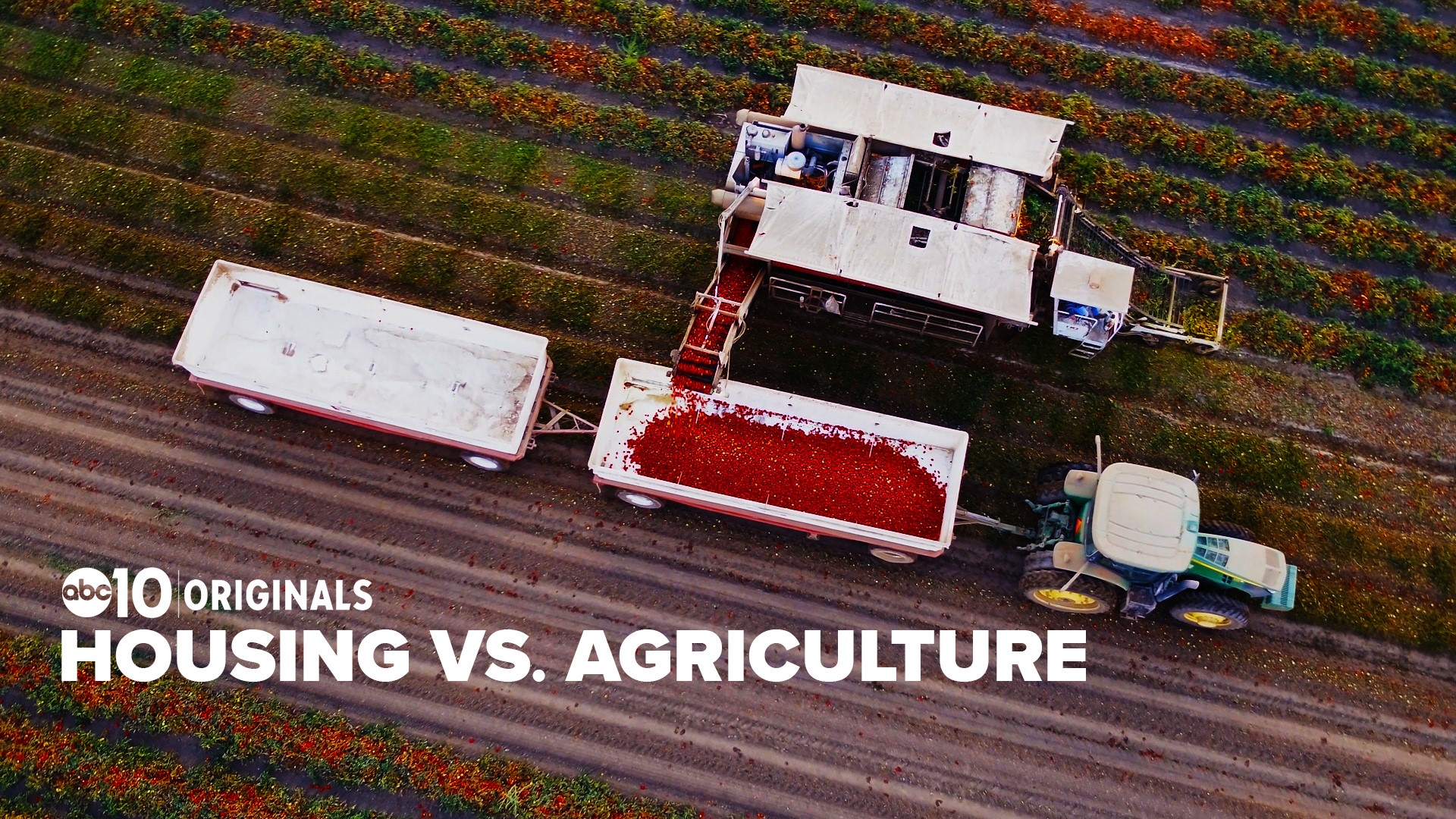SALINAS, Calif. — When Resi Salvador’s three little brothers walk through the door, they make a beeline for her, seated at a folding chair at her parents’ kitchen table. They snuggle into her arms.
Resi laughs. She’s home.
Just a few feet away in the living room stands a bunkbed, where Resi sleeps when she’s home. All told, nine people reside in the Salvadors’ Salinas two-bedroom apartment.
In Salinas, overcrowding and unhealthy living conditions are common, thanks to a lack of affordable housing, which often leaves the area’s tens of thousands of farmworkers squeezed into garages and living rooms. Entire families might live in one bedroom.
Still, people like Resi manage to make a home.
Since birth, Resi has moved up and down California’s coast, following her father’s seasonal jobs as a farmworker. When she recites all the places she and Melitón lived, it takes almost a full ten minutes, with caveats like: “we lived there for three months,” or “we were here for six weeks.”
They lived in spare rooms, garages, a hotel for a few weeks after their house flooded. Still, some of her favorite memories are from that time.
Eventually, the family landed in Salinas, in the midst of the housing crisis.

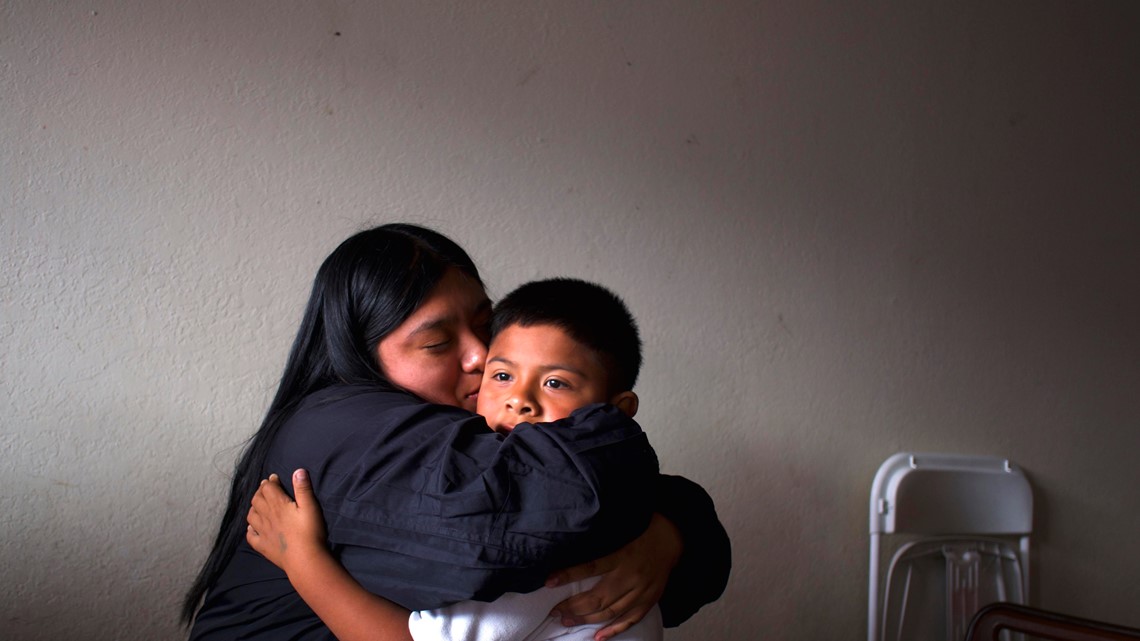
READ MORE: California’s Phil Ting tilts at windmills — ban gas-powered cars! — hoping to start a conversation
Housing market bursting at the seams
Housing is dear in Salinas.
A city 23.6 square miles in area, it quivers at the seams. A rough estimate by the U.S. Census puts 156,000 people living within its perimeter; unofficial guesses by housing and farmworker advocates put it around 180,000. The disparity evidences a small city’s worth of people living in the margins, avoiding notice.
Salinas, the “Salad Bowl of the World,” exported nearly 400 million pounds of produce in 2018 and is home to an $8.5 billion farming industry. According to the 2018 Salinas and Pajaro Valley Farmworker Study, more than 90,000 farmworkers live in the region, earning an average of $17,500 a year, according to the U.S. Department of Labor.
Yet Salinas is one of the most expensive places to live in the U.S., according to Harvard’s State of the Nation’s Housing 2016 study.
The county also has one of the highest rates of food insecurity in the state. A 2016 report by the Monterey County Health Department placed the percentage of food-insecure people at 34%.
According to a study out of UCLA, Monterey County also has the second-highest population of homeless students in the state, many of whose families simply cannot afford rent by themselves. More than 8% of the student population is packed into too-crowded housing in order to make ends meet, which classifies them as homeless under the McKinney-Vento Act.
Resi was one of those students.
She has never had much privacy; she jokes she knows exactly when her siblings were conceived.
For years, Resi slept on the floor of whatever room her father rented, curled up on a cobija (comforter), with her baby blanket tucked under her cheek for a pillow, another one draped over her side.
“That blanket, I’ve been sleeping with it,” said Resi. “It feels safe for me. Home. This has been with me for 19 years, so of course, with that blanket, it’s complete. My whole space is complete.”
When she turned 14, her parents bought her her own mattress, now tucked in a bunkbed that stands, solid, in the corner of the living room.
“It was like the feeling, oh, finally,” said Resi. “I won’t have to sleep on the ground anymore.”
There is no sofa, no television, no overstuffed chairs to hang out in – just the bunkbed and a cabinet, where her stepmother Constanza — who Resi calls her mother — stores food received in bulk from food banks.
Resi’s parents rent the living room and a bedroom in a two-bedroom apartment by the California Rodeo Salinas grounds from a couple with a disabled daughter, who sleep in the other bedroom.
Resi’s two youngest brothers, Jesus and Hugo Daniel, sleep in the bedroom with her parents.
When Resi comes home from college for a night, she bunks in with Aldo in the living room. Although there isn’t much privacy, she said, he loves it when she stays the night.
For her, she said, home is that bunkbed, her baby blanket and her brothers.
Homes in the Alisal
As Resi leaves her parents’ home for the bus that will take her back to her dorm room in Seaside, she steps out onto Laurel Drive, a road that crosses right through the heart of the Alisal, the East Side of Salinas.
Many farmworkers live in the Alisal, a parcel of land under three square miles that was annexed to Salinas in 1963.
The Okies — the desperate and destitute folks who migrated to Salinas during the Dust Bowl — originally settled the Alisal. Over the years Steinbeck’s “Grapes of Wrath” migrants gave way to successive waves of laborers, and the Alisal became a vibrant enclave of Mexican-American culture.
The familiar smell of Suavitél fabric softener drifts out of laundromats on warm puffs of humid air; men selling elotes sail the streets on bikes; the sounds of banda and cumbia pulse out of homes and bars in the evening; an Aztec calendar looks out at people as they cross under the overpass on East Alisal Street.
The Alisal is an island unto itself. Those who grow up here often refuse to leave; it’s home, no matter how crowded or expensive. They cite comfort, love of the community, and weather that reminds so many of the Mexican state of Michoacán: mild and sunny nearly year-round.
Until the late ’80s when the city began work on the Boronda Road extension, there were only two roads in and out of the Alisal — clogged with cars every morning and evening as laborers drove out and back.

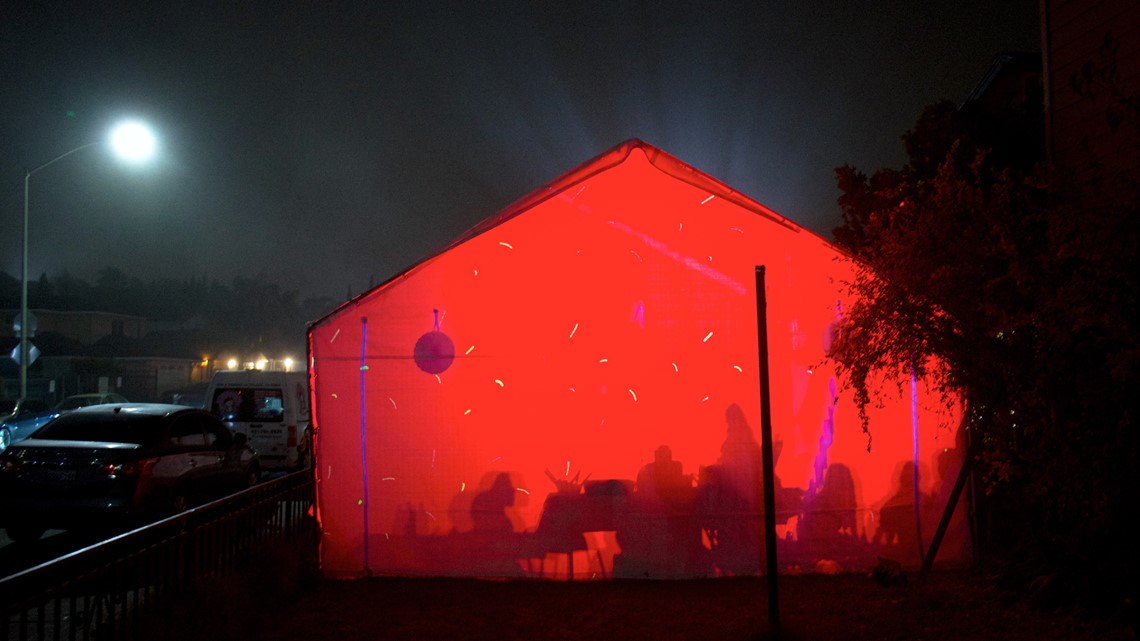
Politicians and housing organizations have repeatedly attempted to solve the growing housing crunch with infill and high-density housing throughout the east and north sides of Salinas. Between 1970 and 2000, a number of high-density projects were built in the Alisal. These were meant to lift people up, providing safe, affordable housing for underserved communities. But that’s not exactly what happened.
Residents say overcrowding and subletting squeezed too many people together, creating bubbles of crime and a breeding ground for gang violence.
Simón Salinas, the city’s first Mexican-American councilmember, was elected in 1989. The son of a bracero, Salinas himself grew up an itinerant farmworker, squeezed into a two-bedroom home with 9 or 10 others.
As a councilmember, he championed new high density housing projects, mimicking preexisting complexes such as Acosta Plaza, once known as Feldman Flats.
Soon, however, he saw problems emerge.
“Projects that were well-designed, pretty soon they start exploiting that and putting in more people than should go in,” said Salinas. “And they start deteriorating.”
Acosta Plaza is a cluster of 304 tidy condominium and townhouse units built in the 1970s. It wraps around the west and north sides of Jesse G. Sanchez Elementary School; the buildings boast trimmed lawns, plenty of trees, and Carr Lake to the north brings some quiet and a breeze. Still, it is cramped, a high-density development with limited parking and no community center.
The units were meant to be owner-occupied but over the decades, most of them became rental units with absentee landlords.
In the early ’90s, similar high-density housing projects were being knocked down around the country by the Clinton Administration, which considered them a danger to their own inhabitants after decades of violence.
By that time, Acosta Plaza developed a significant youth gang violence problem, earning the nickname “Felony Flats.”
“The gangs flourished there,” said Simón Salinas.
“What we found as we started working with clients who were gang-impacted, gang-involved, was that so many of them were homeless or housing insecure,” said Salinas’ Community Safety Division Director Jose Arreola.
“They generally had a place to lay their head, but it was usually in the living room of a group of families they were staying with. Oftentimes, for them to be safe in their neighborhood, they join a gang,” he said.
In the last decade, residents have worked to change its reputation, and crime has dropped. Although new high density projects continue to be built, Simón Salinas said more thoughtful designs have made a difference.
He cited a project built by nonprofit Monterey County housing developer CHISPA near La Paz Middle School as a prime example of careful design. It incorporated after-school programming, a community center, and a design that placed the kitchen in an area where it looked out over open communal space, so parents could watch their kids while they play. Furthermore, the nonprofit has maintained its ties with the community, and maintenance is done in a timely fashion.
Salinas’s city council also just approved the West Area Specific Plan, which commits the city to adding nearly 4,400 homes on the north side, just miles from Resi’s family.
And the newest high density apartment block, Moon Gate Plaza in Chinatown, plans to open its doors in 2020. All 88 units will be subsidized but about half are dedicated to people already on a waiting list. According to nonprofit developer MidPen Housing, 800 people entered the lottery for the remaining apartments.
Scarce housing leaves families ‘hopeless’
Silicon Valley’s growth has exacerbated the housing crisis in Salinas as skyrocketing prices push commuters outward. Former farming towns have now largely become bedroom communities for San Jose, and commuters creep closer with every year.
Surrounded on all sides by lucrative farmland, Salinas can no longer grow outward in most areas. It also, however, cannot climb upward, as the steel-beam framing needed to go beyond four floors is too expensive, said Megan Hunter, the city’s director of community development.
Advocates and city workers worry Salinas is stuck between ‘if’ and ‘then.’ If code enforcement is given more officers and more leeway, then it could displace people. If the city builds new housing, it risks the same problems past projects have encountered.
Housing is so scarce that seasonal workers on short-term visas often have no place to go. Ag companies have resorted to filling the city’s motels and building their own farmworker housing in recent years.

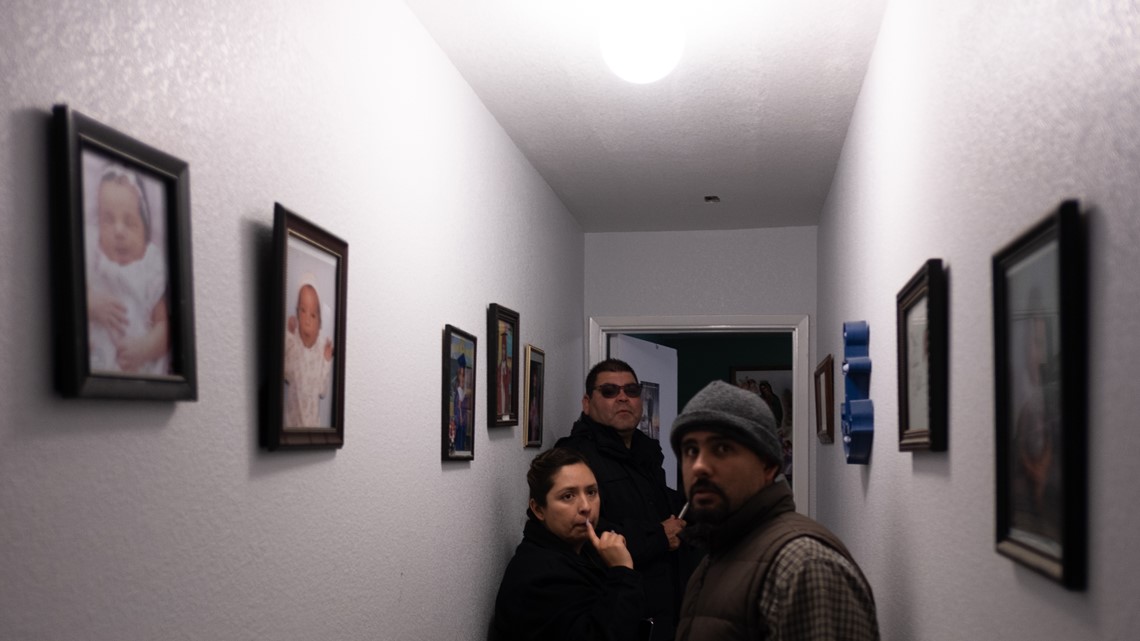
Code enforcement is meant to be the safety net between landlords and undocumented tenants, who may avoid reporting violations to their landlord because they fear deportation, Salinas said.
“I wish we could do that,” said Hunter. City government simply doesn’t have the bodies, she said.
“I think what we can do is build affordable housing,” said Hunter. “That’s the issue. People are forced to live in these conditions not because they want to, but because they can’t afford to live in better conditions.”
Code violations in Salinas
That isn’t enough, said Carissa Purnell, executive director of the Alisal Family Resource Center, an organization that works with underprivileged families and children in the Alisal Union School District, many of whom work in agriculture.
“Without some sort of enforcement, you’re slowly killing people,” Purnell said.
When Purnell goes on home visits, she sees families doubled and tripled up in places that don’t have utilities or running water.
“That’s absolutely a code enforcement issue,” said Purnell. “But we also recognize that’s an outcome of poverty. How do you ticket your way out of unfair wages?
“I think we forgot that nothing exists in a silo,” Purnell said. “Housing, immigration, it all touches one another. It’s hard to address the root cause of something when it’s this crazy deep web of generational and historic trauma that have just manifested into this horrible situation.”
While about half the blight and housing code calls to Hunter’s department in 2019 were from the Alisal, Hunter says that’s lower than it should be. She’s sure people just aren’t reporting problems.
“Families (here) feel hopeless, that there’s no other option,” said Purnell. “But who are they going to call when they feel they don’t have any rights?”
‘Veo a todo con color de rosa’ (rose-colored glasses)
Eufemia ‘Jenni’ Aguilar lives just a few blocks north of the intersection of East Laurel Drive and North Sanborn Road, right in the middle of the Alisal. Jenni has lived in her two-bedroom apartment for about 10 years.
A garlic peeler at Christopher Ranch, she slips out of bed at 1 a.m. most days to catch a ride north to Gilroy, sometimes falling asleep on the car ride. She is careful to not wake her 5-year-old grandson, Kender, who shares her bed.
The stove only sort-of works, the paint is old, and the linoleum in the bathroom has been partially peeled-up since the day she moved in. The one time she recalled repairs being made is when her bathroom ceiling fell in some years ago – the bathroom in the apartment above had a small leak that, one day, was not so small. Her landlords replaced the ceiling, but Jenni said, mold has started to grow again in recent years.

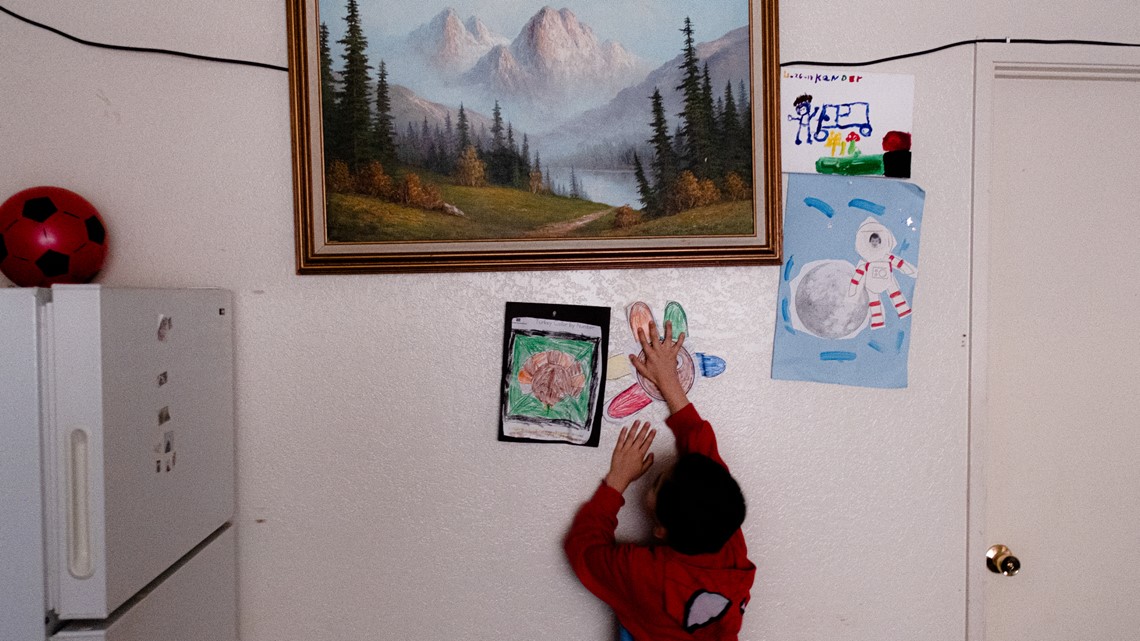
Still, it is home. It is where Kender attempts to read books far beyond his kindergarten reading level, where he plays outside with neighborhood kids as the sun dips below the horizon, a Spiderman mask tucked over his face and a plastic lightsaber in his hand. Where she makes tamales and tortillas by hand, where she and Kender read together before bedtime.
To make rent and save a little money, Jenni rented out her second bedroom to a young man for $500. Another young woman, Inés, paid $200 a month to sleep on Aguilar’s couch. Aguilar covered the rest. Together, the three paid the $1,150 monthly rent.
In November, the landlords served her and every other tenant in the small apartments with a 60-day contract termination. She was told to be out by Jan. 1.
Cal Property Management, which manages Jenni’s apartment building, said the building was in dire need of repairs and it would not be livable for tenants while they completed the renovations, such as electrical upgrades and plumbing work.
Renter’s rights groups in California and Salinas reported evictions ramped up in the waning months of 2019 after Gov. Gavin Newsom signed the Tenant Protection Act of 2019 into law. It’s a set of regulations that cap rents and require just cause to evict tenants.
A Cal Property Management representative told The Californian that the evictions, affecting six of its 12 tenants, “was not a response to (the new law) but a definite need of the building.”
Jan. 1 has come and gone, and Jenni is holding on to her apartment by a thread, staying there a few more weeks while she continues searching for a new place. She’s getting anxious, and says she will leave furniture or personal items behind, if she has to.
Like Resi and her family, Jenni has adapted to life in Salinas, making what she and Kender have feel like home.
Although Jenni’s living room doubles as a bedroom, visitors to her house would never know it. She keeps the couch free of sheets and pillows, and Inés packs her life into a suitcase she shoves in the space between the sofa and the entertainment center that runs along Jenni’s living room wall.
“Yo voy muy feliz a mi trabajo, con una sonrisa y todo,” said Aguilar. “Regreso de mi trabajo, yo vengo feliz de mi trabajo, igual también. Voy a ver a mi niño.”
(I go to work happy, with a smile and everything. When I come home from work, I come home happy because I’m going to see my boy.)
When Kender gets home, Jenni greets him with a hug then peels him an orange, or slices him a green apple. He only likes green apples. Never red.
Jenni tries to project confidence in front of Kender. She never swears in front of him, or raises her voice when talking with him.
“Veo a todo con color de rosa,” she said. (I wear rose-colored glasses.) That makes it easier to create a home for Kender, who was born to her teen daughter with drugs in his system.
While many cities and counties — Salinas and Monterey County among them — passed emergency ordinances in 2019 that kept many evictions from taking place, some of those people may still end up homeless. In the last year, California’s homeless population surged by more than 16%.
More than half of those surveyed in the 2019 Department of Housing and Urban Development’s biennial study reported this was the first time they had experienced homelessness. Over 75% said the reason they couldn’t obtain housing was because they “can’t afford rent.”
Jenni does not expect to become homeless, even if she loses her apartment. By renting out her spare room and couch for all this time, she has been able to keep her rent manageable and tuck some money away for the future. She hopes to find a home close by that will allow her to keep Kender in the same school, but if she needs to move further away, she will.
Acosta Plaza is on her mind — it’s only a few blocks from where she lives, and it’s one of the cheaper places in the area.
Still, she said, it’s dangerous.
‘The cycle I want to break’
On the bus, Resi settles into a middle seat for the 40-minute ride between California State University Monterey Bay and her parents’ home in Salinas. She usually tries to choose a seat near other Mixtec women — she can always tell who is Mixtec by their clothes, she said.
“They have the best chisme,” said Resi. (Gossip.)
She rides back to translate parent-teacher conferences into Spanish for her father and Mixteco for her stepmother; to visit the food bank for her family; to buy groceries; to watch her younger brothers.
“We don’t consider ourselves to be in poverty,” Resi said. “We have a lot, enough to say that we have a roof over our heads. Poverty, as in what people think of me and what they expect of me (as an indigenous woman), that’s the cycle I want to break.”

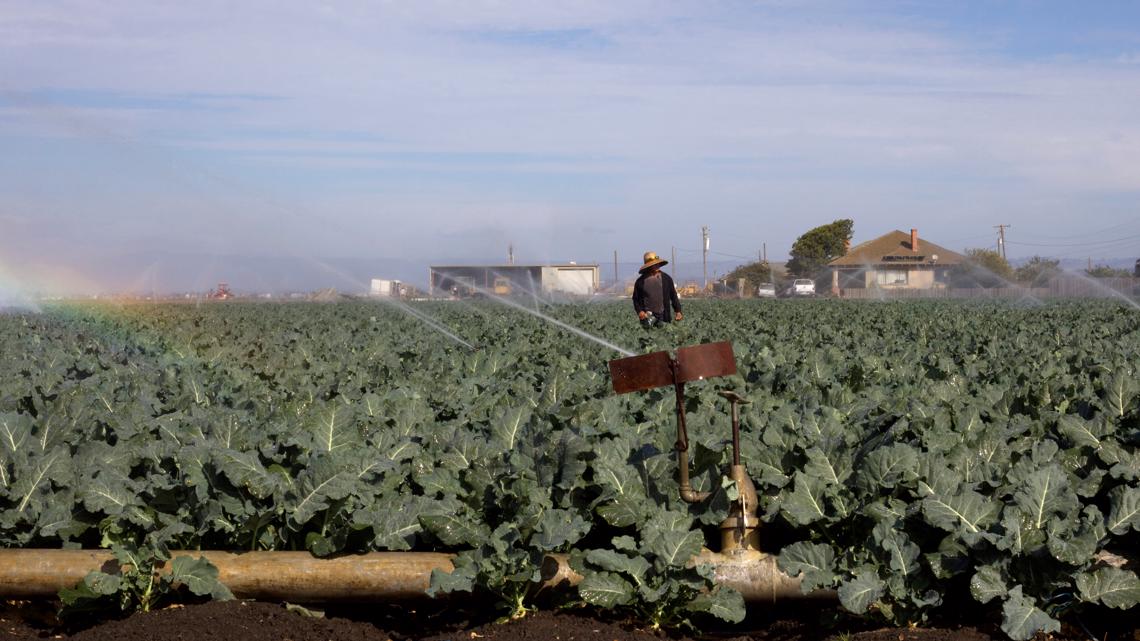
Her father told her not to go to community college when she graduated high school. If she was only going for two years, why go at all, he asked. He wanted her to pick strawberries instead, adding a second, badly-needed income.
Resi isn’t opposed to picking strawberries for a living. She worked as a weeder in high school over the summer and didn’t mind it so much, though she found it hard on her back. But, she said, she wanted to go to school.
Resi decided to attend a four-year college, paid for by scholarships she earned from the League of United Latin American Citizens and Sen. Anna Caballero’s office. She believes education is her way out, her way to make a better life for her family.
Born Resignación, which means “resignation” in Spanish, Resi doesn’t believe the name suits her.
“I went through a lot…I didn’t give up,” she said. “I haven’t ended up six feet down underneath.”
Sitting at his kitchen table, Melitón proudly pointed out that his daughter is paying for school on her own. His 6-year-old son, he says, can read and write better than Melitón himself. He admits a second income would help but he’s thrilled at his children’s accomplishments, even as he struggles with the fact that he can’t do more for them.
His dream, Melitón said, is to one day own a home where his children can run around outside, where the yard isn’t a paved parking lot. Where there’s more than one bathroom, and the kids don’t have to relieve themselves outside while they wait for it to free up. He wants a house where there are enough bedrooms for everyone, and his boys can play in the fresh air.
When Resi’s father came to the U.S. as a 13-year-old picker, he spoke only Mixteco. He wanted to study technology, but instead, found himself unable to even understand instructions from his boss in Spanish. Fellow Mexican farmworkers looked down on him for his indigeneity.
“People would call him a savage,” said Resi. “He was humiliated.”
And so he resolved that his children would always do better than him. He urged Resi to “be civilized,” or, in other words, be more Western, so she could succeed where he had not.
But in many ways, Melitón raised Resi as a Mixtec woman, and Resi experienced some of the same bullying he did.
Besides her mother and father, Resi is the only person in their household who speaks Mixteco. Even so, she doesn’t speak it well. In Mexico, her Mixtec family calls her “pocha,” or whitewashed.
“We’re leaving behind our identities,” said Resi. “I see it with my brothers; we’ve been brainwashed by my parents. My two youngest brothers don’t speak Mixteco. I think we’re losing an identity that was already difficult for us to navigate.”
Sitting across the table from her father, Resi echoes his dream. After she graduates, she wants a job that will allow her to purchase a home for her parents and brothers, maybe a home for herself and a husband.
For them, she wants space, a yard, and bedrooms aplenty. She wants her brothers to grow up in a healthy environment. For herself, she dreams of movement. A tiny house she can hitch to the back of a vehicle and drive around the country.
She says it in English, though, so that her father cannot understand her. She is unwilling to share with him that they are still so similar, that they want the same thing.
“The time isn’t right yet,” she said.
Kate Cimini is a reporter with The Salinas Californian. This article was produced through a collaboration with the Bay Area visual storytelling nonprofit Catchlight, featuring work by Catchlight photography fellow Sebastián Hidalgo.
This article is part of The California Divide, a collaboration among newsrooms examining inequity and economic survival in California. Cimini reported this story with support from the 2019 Impact Fund, a program of the USC Annenberg Center for Health Journalism. Next, we explore how overcrowding impacts residents’ health, and the diseases that thrive in close quarters.
FOR NEWS IN YOUR COMMUNITY, DOWNLOAD THE ABC10 APP:
►Stay In the Know! Sign up now for ABC10's Daily Blend Newsletter

